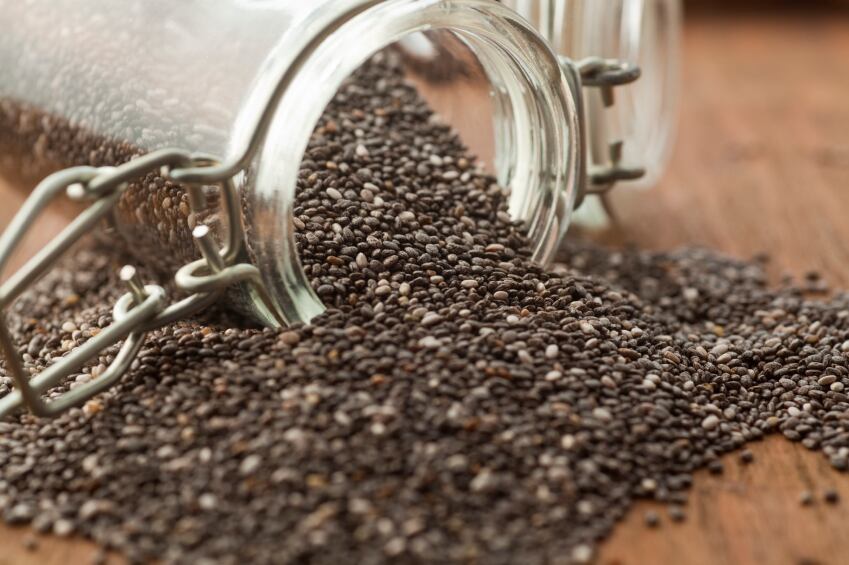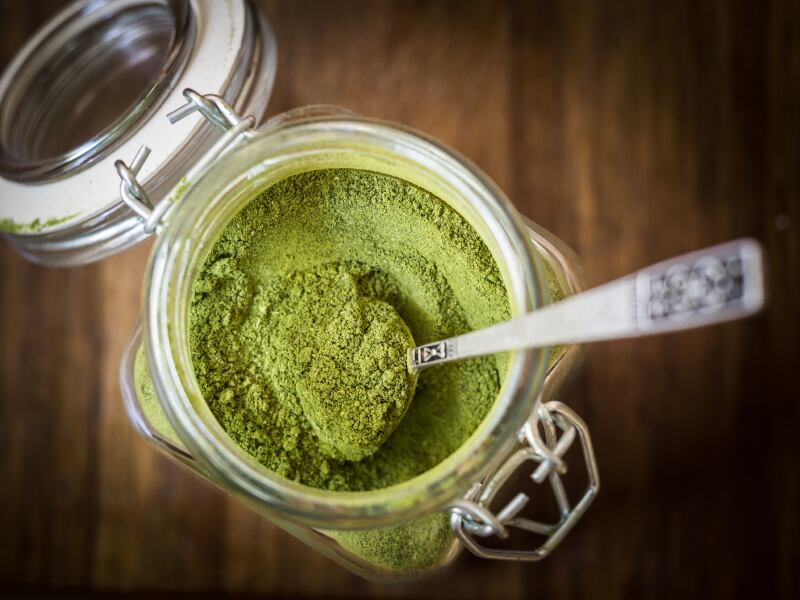Between 2011 and 2015, Mintel Global New Products Database (GNPD) recorded a 202% increase in the number of new food and drink product launches featuring the terms ‘superfood’, ‘superfruit’ or ‘supergrain’.
In 2015 alone there was a 26% rise in the number of new product introductions sporting the badge. The US was home to the most launches (30%), followed by Australia (10%), Germany (7%), Canada (6%) and the UK (6%).
The market analyst attributed this surge in ‘superfood’ new product development activity to “strong consumer demand for highly nutritious products”, with people preferring the health-promoting benefits of natural foods to the added benefits of functional foods.
“Much of the appeal of superfoods comes from their natural benefits. In general, superfoods are seen as healthy, nutrient dense or antioxidant rich foods. The term ‘superfoods’ continues to tap into that desire to be healthy and is often used to promote the benefits of nutritionally dense foods,” Stephanie Mattucci, global food science analyst at Mintel, told NutraIngredients.
Beyond ‘superfruits’
She added that the trend is no longer just limited to ‘superfruits’ - superfoods now extends to ‘supergrains’, such as quinoa, as well as vegetables like kale and sweet potato.
In particular, Mintel noted the trend towards following a wheat-free diet had yielded a growing number of products containing the ancient ‘supergrains’.

The market analyst reported that of all of these, chia had seen the biggest rise in usage - between 2014 and 2015 there was a 70% increase in the number of food and drink product launches containing chia.
Mattucci said a desire for healthier, less refined alternatives to wheat had fuelled the discovery of ancient grains.
“Ancient grains offer an alternative to wheat but also come bundled with functional and nutritional components, and provide new flavours and textures. They are a great way for free-from products to talk about health,” she said.
She predicted the ancient practice of sprouting grains, led by quinoa, would be the next direction for ‘supergrains’.
Pulses and seeds were among the other popular ‘super’ ingredients flagged up by Mintel.
In the last two years food and drink introductions with green split peas, coral lentils and yellow split peas have grown by 126%, 62% and 21% respectively, whilst launches containing chia seeds, pumpkin seeds and sunflower seeds have increased by 70%, 27% and 22%, respectively.
Ones to watch
Looking to the future, Mintel has tipped turmeric and moringa as the ‘superfoods’ to watch.
“Turmeric has potential as an ingredient in supplements and functional food and drink products, particularly within products aimed at the growing senior population.

"Additionally, moringa could be used in anti-aging beauty food products. While currently the ingredient is used in many beauty launches, the leaves are nutritional powerhouses,” said Mattucci.
But going forward, any superfood will have to do more to get consumers’ attention in a crowded marketplace, said Mattucci.
“Not only will new superfoods need to deliver on the nutritional benefits they promise but they’ll also need an interesting backstory to intrigue consumers and will have to taste great to keep consumers coming back,” she said.
Outdated terminology?
However, author and nutritionist Ian Marber warned that in the absence of any official and meaningful definition, the ‘superfoods’ halo was already starting to slip.
“It doesn’t exist in reality, it’s a marketing term and to my mind the definition of a ‘superfood’ is any food with a marketing department. It has joined the ranks of outdated terms such as ‘farm fresh’ and ‘natural’ which have lost their meaning over time,” he told this publication.
The ubiquitousness of the ‘superfood’ label also begs the question as to whether tighter control is need over the use of the term.
Marber’s view is that although the term has become meaningless in the industry, consumers are still influenced by it, and therefore, as an “implied claim”, it shouldn’t be allowed.
“These are implied health claims and generalisations shouldn’t be allowed these days given that the NHCR [Nutrition and Health Claim Regulation] allows nutrition claims if the food actually merits it,” he said. “It’s a neat way of bypassing the regulations in relation to health and nutrition claims as using the term implies something more, something notable, when one wouldn’t be able to make specific claims as the food may not qualify.”
